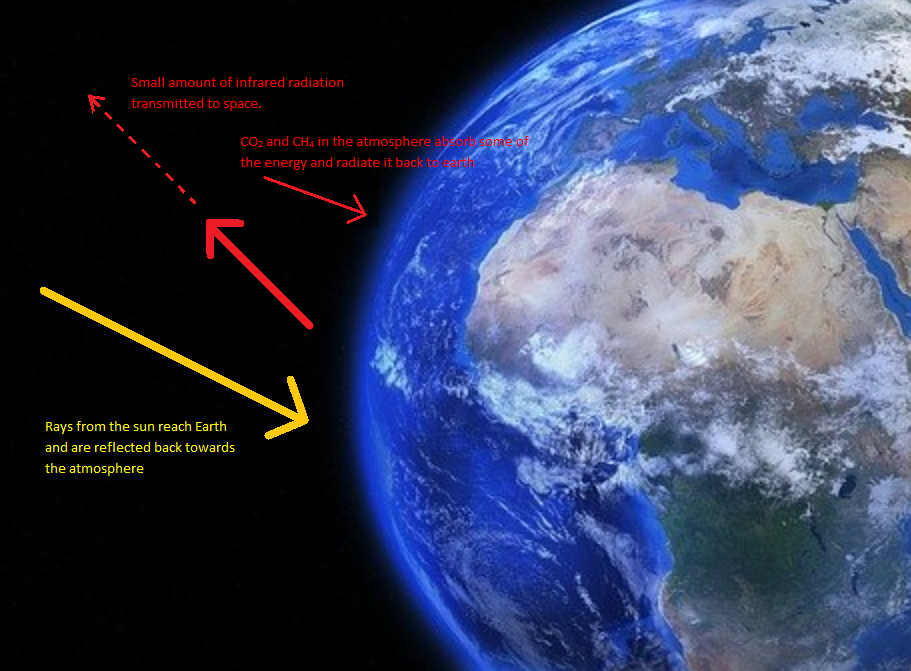Environmental change and global warming
Waste management
The human population is increasing rapidly because birth rates exceed death rates by a large margin.
The increased population means the use of fossil fuels, minerals and other finite resources is accelerating. In addition, waste production is going up on land from domestic waste in landfill as well as chemical waste including pesticides and herbicides. Waste production is going up in water from sewage, fertiliser and toxic chemicals, and in the air, from smoke, carbon dioxide and sulphur dioxide.
Acid rain
When coal or oils are burned, sulphur dioxide is produced. Sulphur dioxide and nitrogen dioxide dissolve in water to produce acid rain which can damage trees, stonework and metals as well as making rivers and lakes acidic, meaning some organisms can no longer survive.
As acids can be carried a long way from the factories where they are produced, acid rain falling in one country could be as a result of fossil fuels burning in another country.
The Greenhouse effect and global warming
The diagram below explains how global warming can lead to climate change. Climate change in turn leads to lower biodiversity.

The consequences of global warming are:
A rise in sea levels, which leads to flooding in low-lying areas and loss of habitat.
The migration of species and changes in their distribution due to more extreme temperature and rainfall patterns; some organisms won’t survive being displaced into new habitats, or newly migrated species may outcompete native species. The overall effect is a loss of biodiversity.
